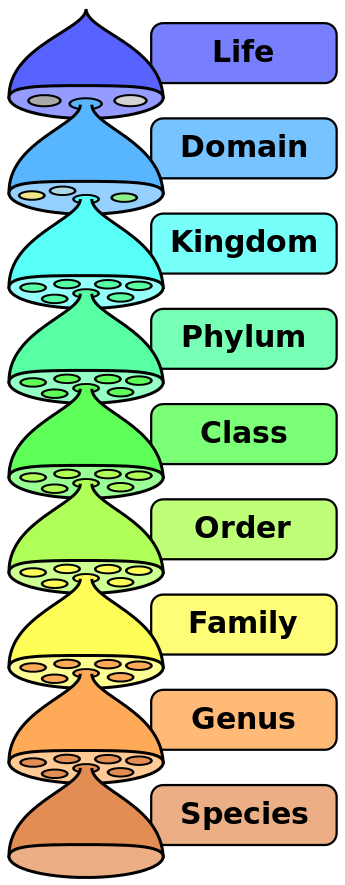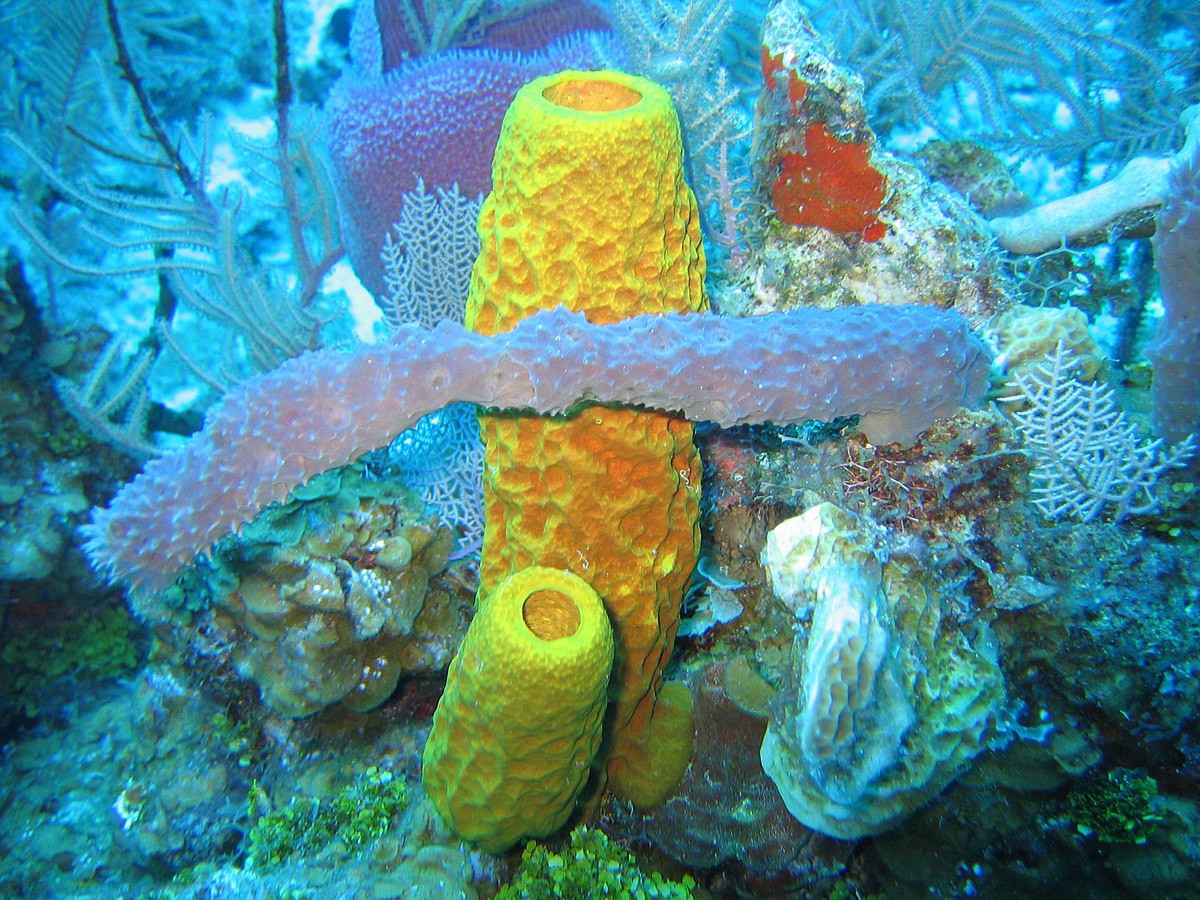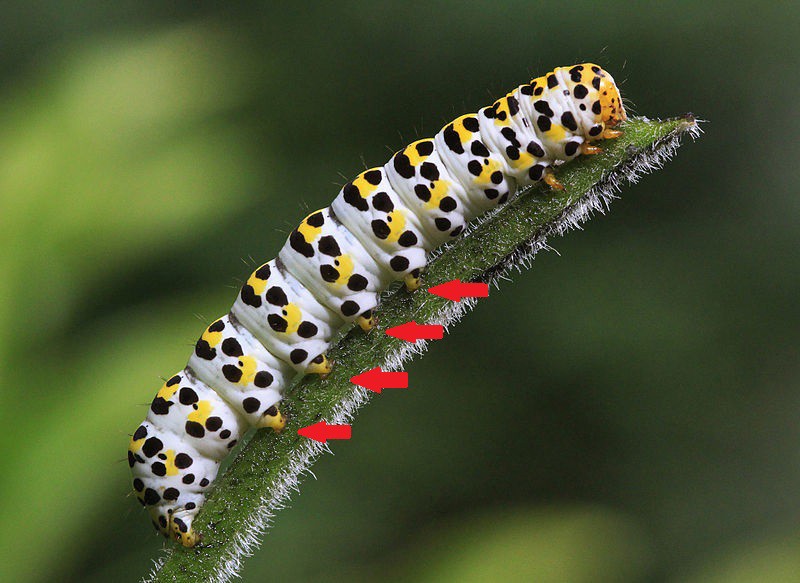
The way living things are classified is called taxonomy. It starts off with broad groups, such as bacteria or animals, and progresses onto more specific classifications. These groups have different names at different levels, although it?s not that important to know what they all are. For example, humans are animals. An animal is an organism belonging to the kingdom Animalia, and they are more closely related to other animals than they are to anything else, like plants or bacteria, so they form this group. We are then chordates (animals with backbones), mammals (animals with mammary glands), primates (which includes all monkeys and apes), then just apes, and finally humans. This way of grouping organisms is useful for pinpointing just the right level you want to talk about, and excluding everything else. For example, if I was talking about the use of tools, I might want to talk about humans specifically, but then about primates as a whole.
But what about insects? Insects are also animals, but they then diverge from humans and are classified as arthropods (which means jointed legs) and then hexapods (which means six legs). The defining traits of insects are having six legs, an exoskeleton covering the body, and an adult body with three segments (the head, thorax, and abdomen). Most insects also have wings, but not all of them. So there you go, insects are animals, and they form a group called a class within the kingdom Animalia.
What kind of animals will you find in the class of insects? The most recognisable are the butterflies, moths, beetles, bees, wasps, ants, dragonflies, flies, grasshoppers, and bugs. Plus some more obscure ones. As an aside, a bug is actually a specific type of insect, although the word is often used to mean insects more generally.
What kind of animals will you not find in the insect group? You won?t find spiders, crabs, or scorpions, although, all being arthropods, they are somewhat closely related to insects and share some traits, like multiple jointed legs and an exoskeleton. In particular, spiders can be distinguished from insects by their eight legs (not six) and only two body segments. You also won?t find earthworms, roundworms, flatworms, or tapeworms, although confusingly, some insects are referred to as worms.
Some more surprising animals include sea sponges and corals. Despite having no obvious animal-like traits, like limbs or organs, they are classified as animals. This is because they are still more closely related to other animals than they are to anything else, that is, they share a more recent common ancestor with other animals than with other organisms. And they do have some similarities with other animals, such as being made up of many cells which don?t have cell walls (like the cells of plants do). However, they are the most distant relation to every other animal, and so they appear to blur the lines between animals and other organisms. Basically, if it?s got multiple cells, moves around, and eats organic matter, it?s probably an animal. Although, of course, there are exceptions like sponges and corals.

It should be pointed out that this system of classification is just one possible way of interpreting the natural world, and was developed by individuals who had their own reasons for choosing this system, but other systems could be just as useful and valid. Also, the method of classifying organisms based on their outward appearance has started to fall out of fashion in favour of using gene technology to compare the DNA of different organisms, which can produce different results. For example, gene technology has revealed many cryptic species, or species that are outwardly identical to each other, but differ in their DNA. Does this mean that in the future, insects won?t be animals? Probably not, it seems to be a solid classification, but the field of taxonomy is always changing on a smaller scale, with individual species being reclassified based on new evidence.

Of course, confusion about animals can lead to genuinely interesting discussions, such as: Is a bird a dinosaur? (Yes). Or, if insects have six legs, then is the caterpillar in the photo above not an insect? (It is, the legs indicated in the photo are not really legs). So don?t be afraid to ask questions about what something is or isn?t, but just remember that insects are animals.